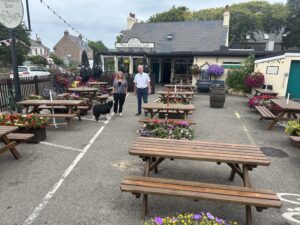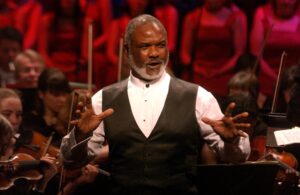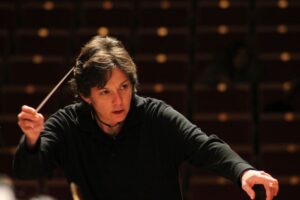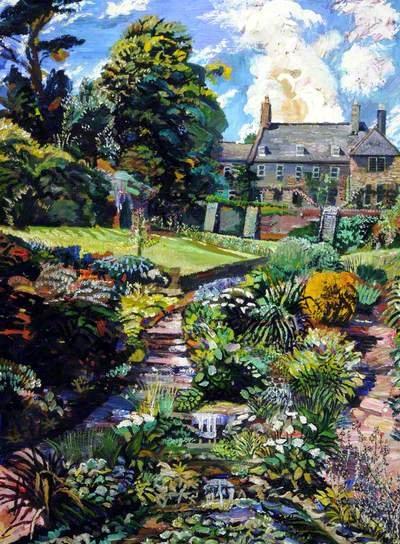
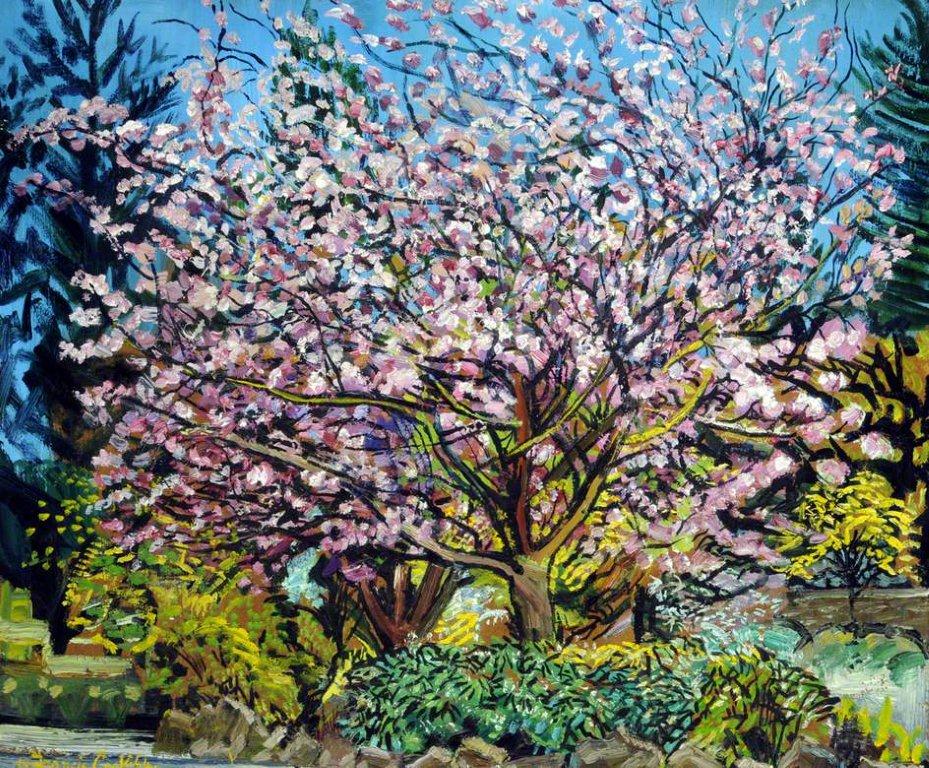
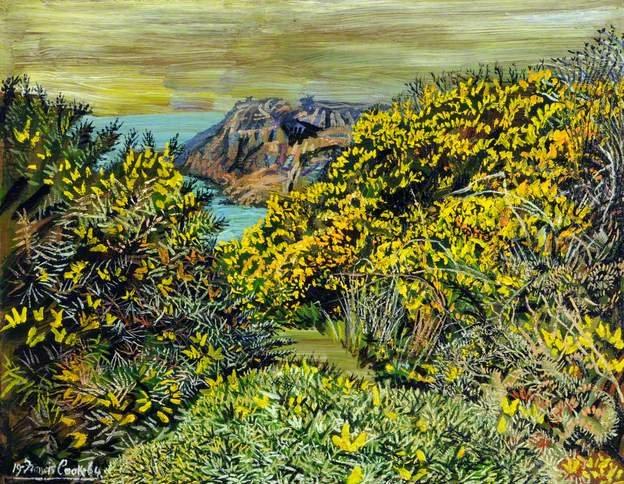
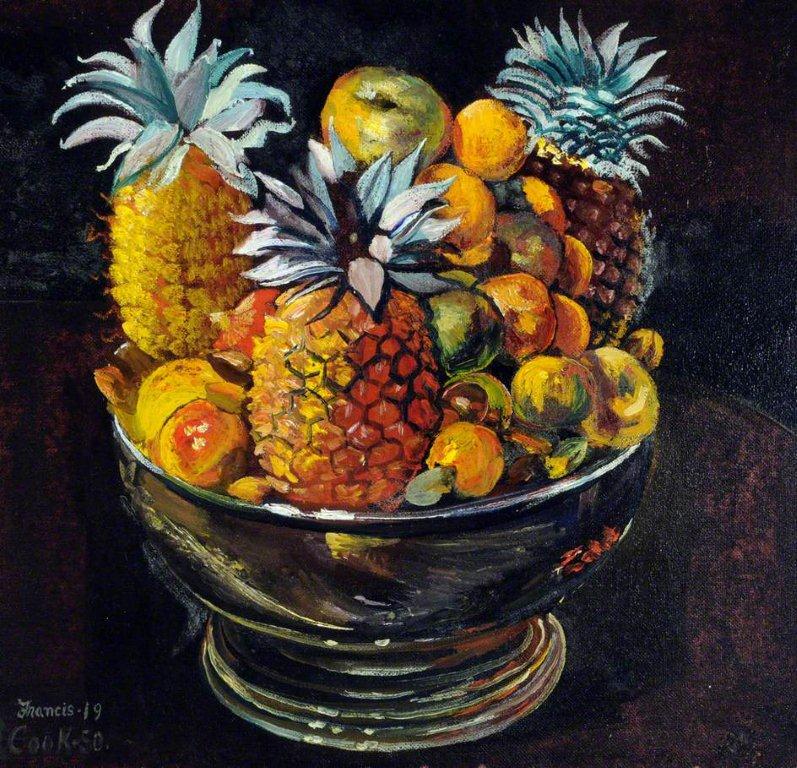 The late Jersey resident, Sir Francis Cook (1907-1978), made Jersey his home , with his studio at what is now the Sir Francis Cook Gallery. MELISSA BONN profiles the artist
The late Jersey resident, Sir Francis Cook (1907-1978), made Jersey his home , with his studio at what is now the Sir Francis Cook Gallery. MELISSA BONN profiles the artist
(This is an expanded version of the article that appeared on page 60 of the Spring issue of RURAL – Jersey Country Life magazine)
THIS article is aimed at being a companion piece to the exhibition of Jersey landscapes by Sir Francis Cook held at the CCA Galleries in Hill Street under the banner of ‘ Sir Francis Cook, an Island Home’ from 25 January to 15 February this year.
My look in a previous issue of RURAL at the Channel Island volume of the Public Foundation Catalogue left me struck by those paintings of local scenes and the view that they were something to be shared with the public. Plans developed fast and within a few months of exploring the idea the exhibition was able to be staged. It could not have been put on without the backing of Jersey Heritage and the CCA Gallery and with the guidance of the local Art Fund.
It was a wonderful example of a private/public partnership; particularly needed at the moment when there is so little exhibition space for the Island’s public collection. The feedback from visitors was incredibly positive, all of whom enjoyed seeing his work in this newly created and beautifully light and airy gallery. And I hope you will enjoy the views published here.
You may not know there are about 1,300 oil paintings by Sir Francis Cook held at the Sir Francis Cook Gallery on Trinity Hill, 50 of which are hung in main visitor areas. This is a staggering collection of work by any standards, and represent a lifetime of painting. He painted continuously and constantly; picturing the world around him, as he saw it, and as he experienced it. Landscapes, portraits, still life and a whole range of classical and religious subjects, which might at first seem a little inaccessible without a dictionary of biblical and classical stories, but which sets him firmly in the great European figurative tradition going back to the Renaissance. Here his upbringi ng at Doughty House in Richmond, where the collecting passions of his great grandfather meant that he lived amongst a collection of art that can best be described as a private `National Gallery ‘, is important in understanding his frame of reference.
As a toddler his tricycle rides took him through galleries arranged by national schools of paintings (one of which housed a full sized organ), with obliging footmen opening successive doors en route. No wonder subject matter that might daunt a modern student; the depositions, ascensions, lamentations of Christian iconography, and the life stories of Bacchus, Ariadne, Aurora, or the daughters of Creon of Classical antiquity, held no fears.
It is equally important to give weight to his seriousness as a musician, both as a composer and as a pianist, and his training as an architect and engineer. To understand him as an artist we need to remember the great sweep of personalities and styles in the first three decades of the 20th Century in Britain. Until fairly recently, in outlining developments in 20th Century Art, historians, wanting to demonstrate the rise of Abstraction emphasised a linear interpretation of developments through time, beginning in France with post impressionism, moving on to Picasso, and then to the abstract expressionism of North America in the 1950’s.In this view British art was a side show, a cul de sac, a bit of a back water, and many of the artists from this period were slow to be given the recognition they deserved.
We can now see that British art was remarkable for the sheer variety of style and experimentation. Sir Francis Cook’s exact contemporaries (they were all born in the first decade of the century) included Eric Ravilious, Barbara Hepworth, Victor Pasmore, Francis Bacon, William Coldstream and Edward Burra; Ruskin Spear in 1911. Ben Nicholson, Henry Moore, Anne Redpath, David Bomberg and Stanley Spencer were all born in the preceding decade, the 1890’s, and if we stretch that previous decade a little, Lowry too (born in 1887). A real kaleidoscope of styles.
Moving between London, Cornwall and Dorset Sir Francis Cook would have known of and had opinions on the work of these contemporaries, the developments of the day and the training offered by the Slade and Royal Academy schools.
His own style is highly individual; he is a colourist, working in a modern and expressive and direct way, with big blocks of often unmodulated colour and clearly visible brushwork, but as a figurative painter he is working within an older European tradition. Like Stanley Spencer and Lowry he stands apart from movements and groups, and like them he can be truly said to have ‘his own voice’.
Sir Francis came to Jersey in 1948 and made the Island his home for the rest of his life, first at Mount Pleasant in St Helier and then at Le Coin , St Brelade, to which he moved in 1956 with his marriage to Brenda. Together they renovated and extended this Jersey farmhouse to house their legacy of Cook pictures from Doughty House. The magical garden with its woodland glades and stunning magnolias were the subject of many of his works. He clearly delighted in the Island’s coastline; my particular favourites are ‘Normont with Gorse’, ‘Dayspring near Rozel’, ‘The Organ Rock, Fliquet Bay’ ,’A Valley farm above Grouville Bay’ and ‘St Aubin in the snow’.
He was a founder member of the Jersey Society of Artists which was set up by a group of his friends; Blampied, Arbuthnot, Nancy McCarthy, Ruth Pilkington and Maisie Ryan and Sir Francis Barry. Nancy’s son Henry remembers her accounts of tea at Le Coin where the concerns of the society were discussed in the company of Old Masters. Like them, Sir Francis was serious about establishing recognition for contemporary artists in Jersey by making sure the society held regular exhibitions and being an active member himself.
In the 1970’s he bought the Methodist chapel at Les Augres and turned it into his studio and picture store. When he died in 1978, his widow, Brenda, began the immense task of cataloguing and organizing all the pictures there. Her aim, and respecting his wishes, was to gift the collection and building to the Island. The idea was to have a place where his work could be seen, and a place where his other love, music, could be heard and enjoyed. By 1984 all was ready, and with the advice of, in particular, Reg Jeune and Raoul Lempriere- Robin, she put together an endowment fund that together with the revenue from the several flats that form part of the building, was to set up the future viability of the gallery.
At present the Jersey Society of Artists have a rolling lease on the main studio so there is no access to his work without pre-arranging a visit with the Heritage Trust. The success of the exhibition of his Island views at the CCA Gallery will hopefully lead to a sequel; Anne Binney of the Art Fund has identified his landscapes painted while on holiday in Ireland, Scotland and further afield in Portugal and the Bahamas as being another group to select an exhibition on; and of course there are many more selections that could be made.


